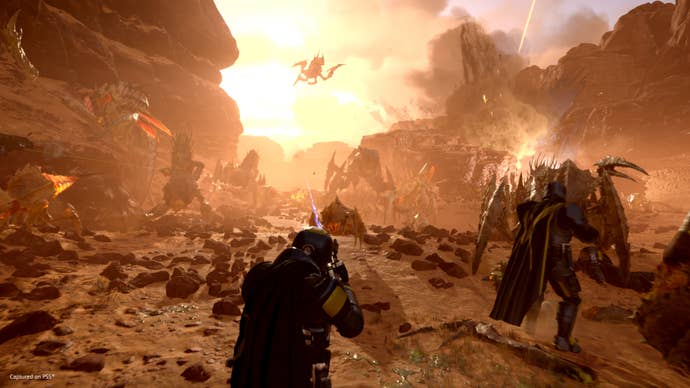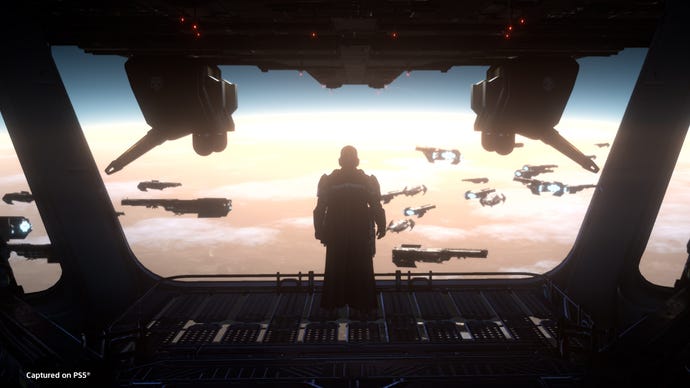Helldivers 2 has done something most other games couldn't, and they'd kill for it
Helldivers 2 is a very popular game, but it's how it achieved this popularity that is turning heads in the industry.
It is no secret that the launch of Helldivers 2 last month has been one for the books. It may not have broken industry records in sales volume or player numbers, but everything about it has been painting a picture we rarely - if ever - get to see in our current version of the games industry.
Helldivers 2 is a game that sold very well at release, even beating its own developer’s internal metrics. Usually, that’s the end of the good news, as sales and player interest inevitably trail off following launch.
But that’s not what happened here.
Instead, Helldivers 2 continued to see increased demand. You could see it in its publicly available Steam concurrent player numbers, which kept leapfroging themselves on a daily basis.
It got so popular that it became a bit of a problem for developer Arrowhead, who struggled with upgrading server capacity just to sustain this massive influx of players. It wasn’t until very recently that another raising of the player limit produced the game’s first smooth weekend.
All of that is unusual, and it caught the attention of industry analysts who were reminded of just how rare this state of affairs is. Mat Piscatella is one such veteran. Piscatella is the executive director of Circana (formerly NPD), a group known for its long-running tracking of game and hardware sales in North America.
Piscatella took to Twitter to shed some light on why the Helldivers 2 launch is something of an anomaly in the hit-driven business of video games. According to him, the game’s US sales have gone up again in its third week on sale, which constitutes what he called “an inverse decay curve.”
“Feel like Steve Irwin sighting a rare bird or something,” he exclaimed. “Rare and amazing, in an Australian accent even.”

Piscatella shared a graph representing the standard sales decay curve the vast majority of game launches go through. In short, most sales are made at and around launch, before they - along with player interest - start to decline. Sales can grow again during free weekends, after discounts etc., but conventional wisdom is that launch is the strongest period.
“With an ‘inverse decay curve’ the trend reverses,” he explained. “It's rare, particularly for bigger games.”
“Just saying ‘growth’ doesn't explain the nature - as ‘growth’ could be temporary, i.e., from discounting. Using the term ‘inverse decay curve’ denotes that baseline sales are improving, unrelated to short-term things that can impact incremental demand.”
For an idea of just how unusual this is to see, Piscatella told IGN that it reminded him of the launch of Guitar Hero on PS2, a game that didn’t prove to immediately be the hit we remember it as today, but got there thanks to word-of-mouth as its sales continued to rise.
“Now, I'm not saying Helldivers 2 is going to become the next Guitar Hero, just saying that there's similar behaviour happening in the sales curve,” he said.
Whether you’re new to the game, or a longtime veteran from the days of its cult classic prequel, our Helldivers 2 tips are well worth a read. This is a game with a lot of depth that is only discovered through playing (or reading about others’ experiences).








